A Strange Discovery
In 2015, postmaster Lori Boes was going about her day at a Michigan post office when she spotted a strange letter. it looked really old and fragile, but the postmark on it seemed recent.
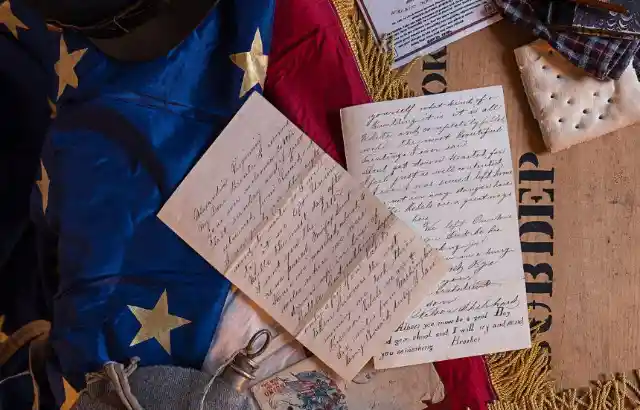
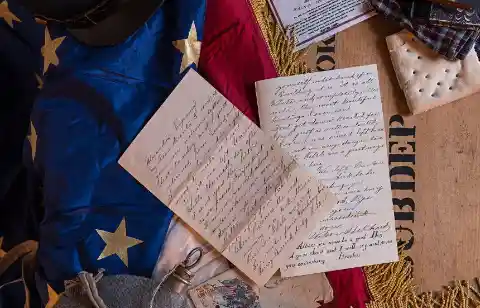
There was a sticker on its back that said "Received unsealed", and the zip code was written in a different handwriting. She took a closer look, because it all seemed kind of weird. Apparently, this letter was being sent back to the sender, but there was no information about that person.
Where It Came From
She saw that it came from Grand Rapids, which was 40 miles away from the post office. But there was no return address from the sender, so she had no one to trace it back to. The strangest thing about it was something else.
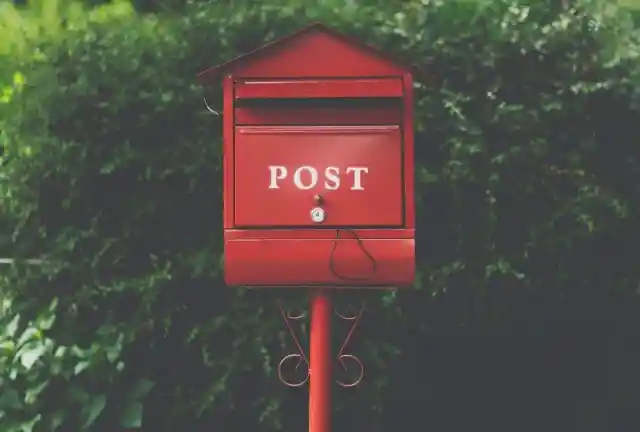

The letter looked extremely old, and she felt like the right thing would be to open it. If a letter or package is mysterious, post office employees are allowed to inspect them, and that's exactly what Lori did.
It Gets Weirder
As she opened the envelope, she saw that there was another envelope inside. The paper was a brownish color, indicating that this letter was potentially very, very old.


She then opened the second envelope and retrieved a very fragile letter, the handwriting of which seemed to have come from a different era. The script was very fancy and old-fashioned, confirming that the letter was indeed old. But exactly how old could this letter be?
Curiosity
Of course, the next natural step was to read its contents. Reading someone else's mail is not a nice thing to do, but this letter seemed to have been lost for decades, so the only way to figure out what happened was to just read it.


Luckily, even though it was clearly old, the letter had been preserved relatively well, and most of its words could be read. Lori could not contain her excitement when she began reading, as she discovered something amazing.
The Recipient
The first thing that she saw was that the recipient was Orrin W. Shephard, and his address belonged to the same place the letter had been sent back to. Inside, she read that the letter was addressed to Orrin and his wife.
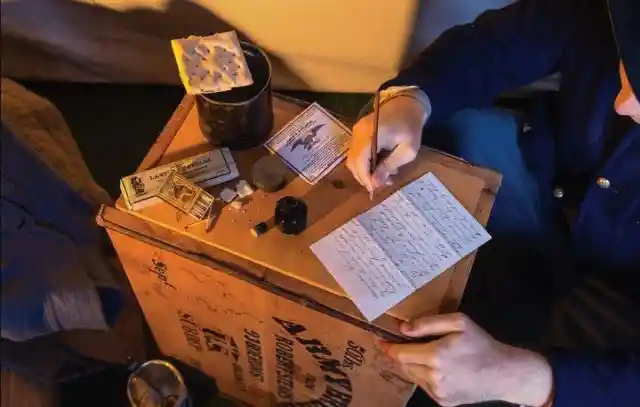
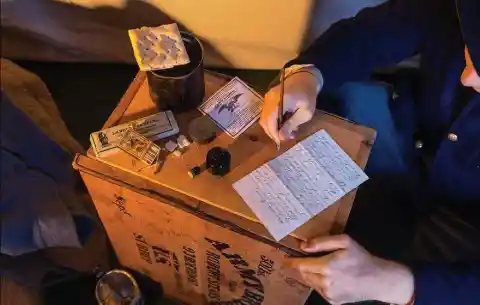
This meant that someone had tried to send this letter but it was sent back to the post office. But how could it arrive in 2015? The letter was clearly decades old, and when this happens, it usually takes just a couple weeks to complete the process.
War Times
The letter began as such: > "My Dear Parents, I received your ever-welcome letter last Sunday, and I just returned from guard duty."
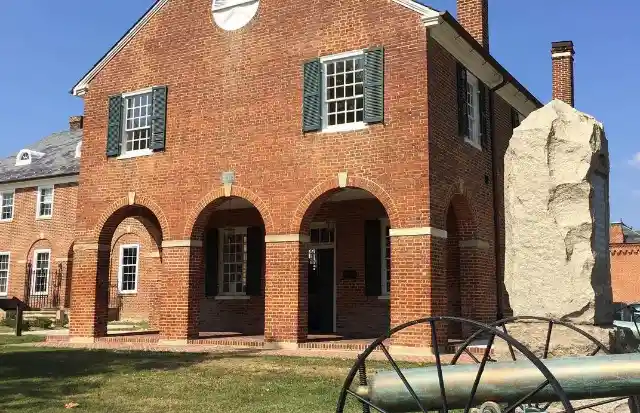
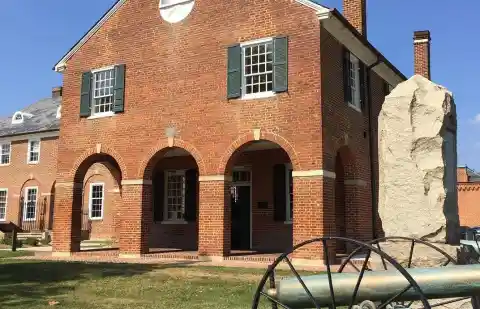
This meant that the sender was Orrin Shephard's son and he had been in the military, probably during a time of war. Taking this into account, this letter was potentially 100 years old! Lori was in awe as she kept reading the mysterious piece of paper.
A Clear Sign
When she continued reading, Lori confirmed her suspicions: > “As we passed Fairfax Courthouse, we marched about six miles when we were drawn up in line of battle. But nothing happened, only a few of our pickets taken prisoners. The next morning we took three Prisoner Rebels…”
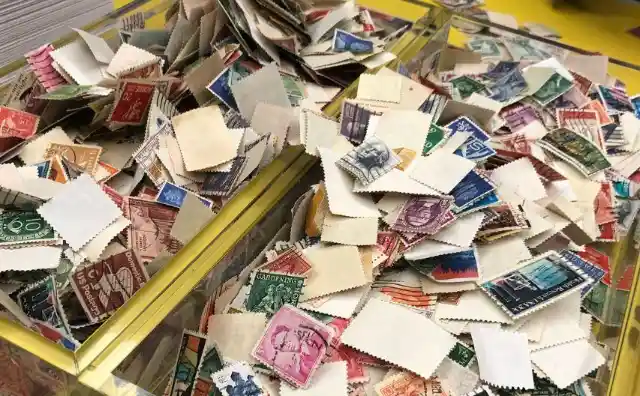
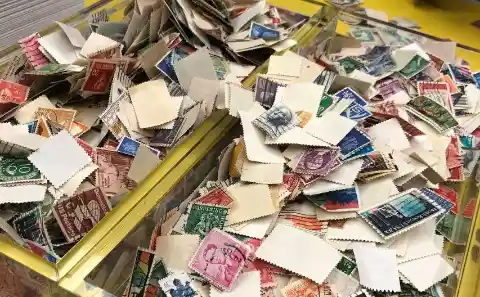
This could only mean one thing: this letter was from a time of war. And when was the last time that a war had been fought in America? The Civil War, of course. But this wasn't confirmed just yet, and Lori kept on reading.
The Origin Of The Letter
Not only did the contents of the letter provide clear evidence of its origin, but so did its envelope. On its back, there was a stamp mark that read "The War for the Union". This could only mean one thing: this was sent during the Civil War. Lori was speechless. How in the world did a letter from the American Civil War end up in her small post office?
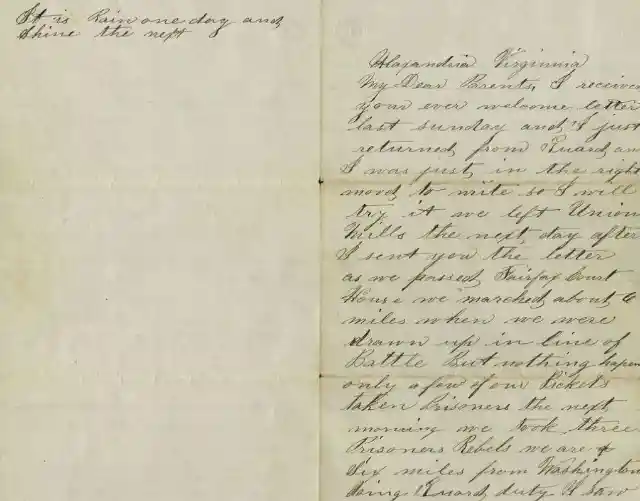
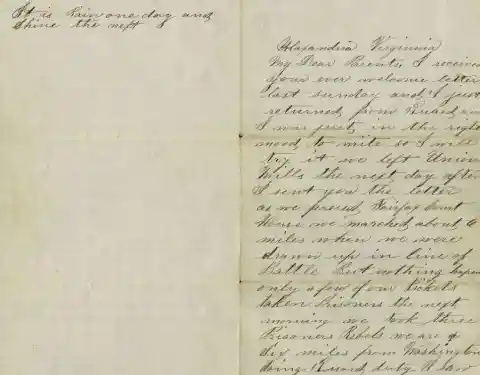
The Union states were those mostly in the north, whereas the Rebels were the southern states who did not wish to abolish slavery. Judging by what the letter said, the young man was fighting for the Union, which makes sense since Michigan was one of those states.
Mixed Feelings
Lori had no idea what to do with this letter. On the one hand, the was thrilled about her amazing discovery, but she felt terrible for having ripped the envelope open. To be fair, there aren't many ways to open an envelope, and anyone would have done the same.
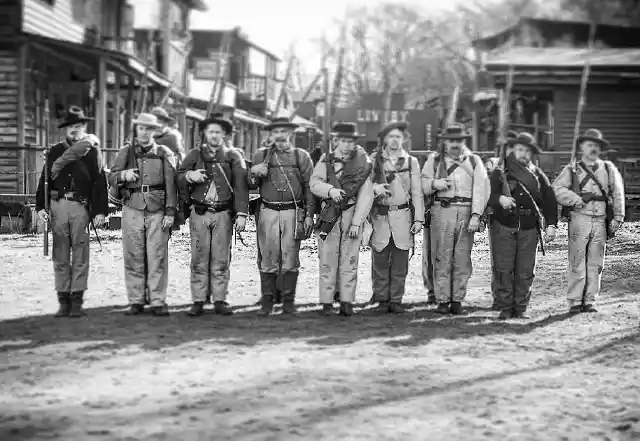
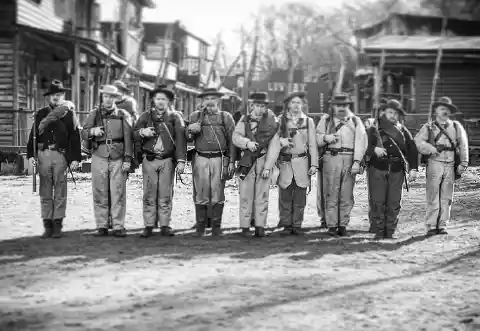
She could've potentially damaged a piece of history, what if she got in trouble? Who could she call? What should she do with this letter? All the questions were driving her crazy, and she needed to do something ASAP.
More Discoveries
After she took a moment to breathe and gather her thoughts, she put everything she had found on the table. There were two envelopes with two full letters, one inside of the other, for some unknown reason.
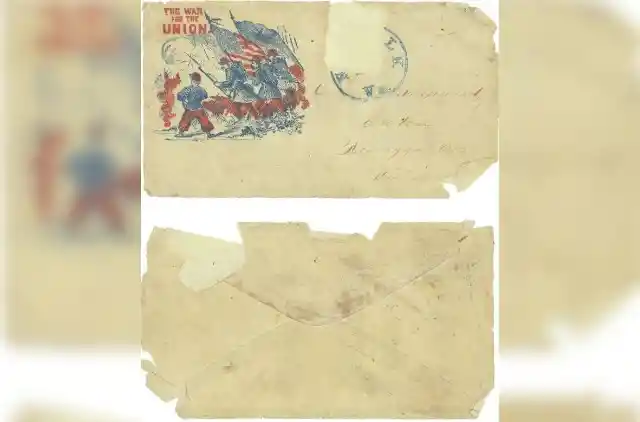
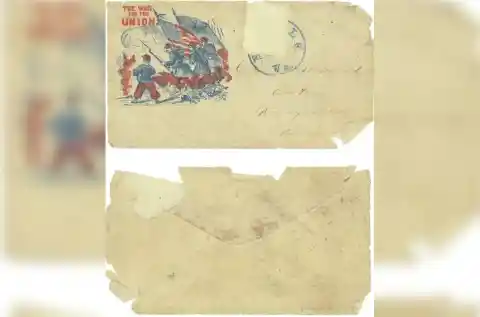
They were both sent by Orrin to his parents, and one of the passages was for his little brother, Albert, who apparently was too young to fight in the war. Lori put the pieces she had torn off back together and tried to look for any details she had missed.
Who The Boy Was
From what could be gathered from the letter, the sender was a young man who had been sent to fight in the Civil War, just like thousands of other boys his age. Because of the way he wrote, Lori believed he still lived with his parents, which made him pretty young,


He didn't have a wife or children, which confirmed her suspicions that he was probably very young and he lived with his parents and little brother. Judging by his words, he was still trying to figure out what was going on around him, and was intimidated by the military world. And who wouldn't be?
What To Do?
Lori couldn't just keep this to herself, so she contacted the post office district manager of her area, Chuck Howe. At this point, there was nothing else she could do about the letter, and experts had to be called in to help.


She hoped that he could figure out what to do with the letter or at least verify its authenticity. After all, who was to say that this wasn't all just some elaborate hoax to mess with the post office?
Help From The Experts
Chuck Howe scanned the letters and contacted a historian named Jenny Lynch, hoping that she would figure out whether the letters were authentic. This was more than what the post office can handle, and a historian would be the perfect person to deal with this relic.
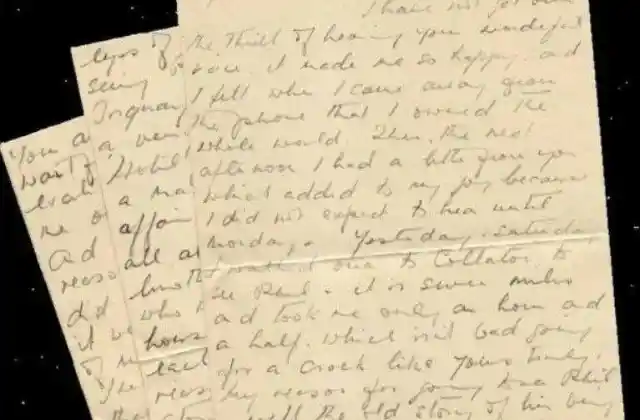
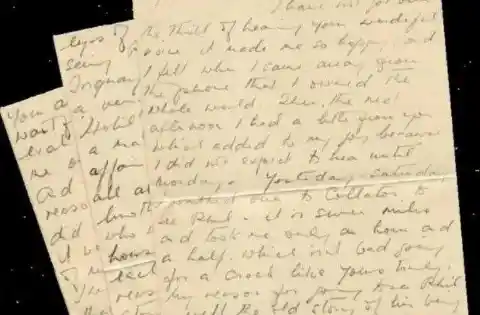
Luckily, she answered pretty quickly and told him that, in her opinion, they were in fact authentic. Still, another opinion was needed, so Lynch contacted the Smithsonian National Postal Museum.
More Findings
The experts at the Smithsonian analyzed the letters in every way. They checked what type of paper and ink was used in them and tried to figure out more information from there. This would allow them to identify when and where the letter had been made or whether it was a hoax.
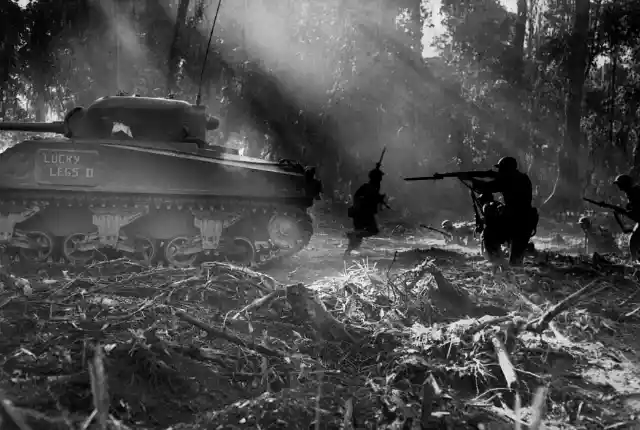
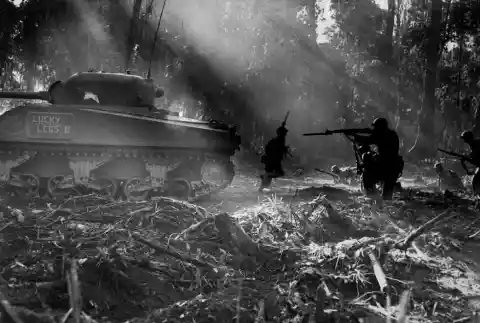
Everything seemed to check out, and the letters were in fact from the Civil War era. While this question had been answered, many more popped up. For example, how did Lori end up with it?
An Enigma
How did this old letter from Civil War times end up at this post office in Newaygo, Michigan, 150 years after the fact? And, most importantly, where had this envelope been this whole time before it reached Lori?
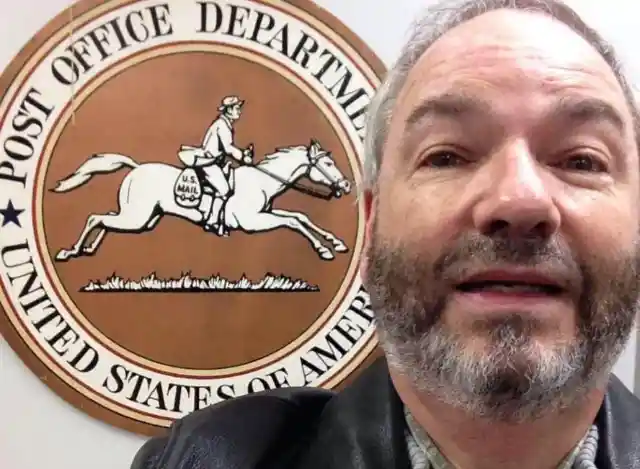
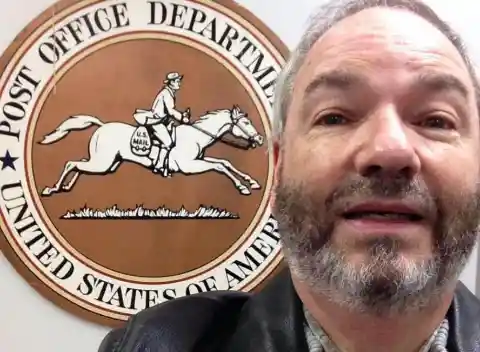
After analyzing the letter, the people at the museum realized they couldn't do it alone. More people were brought into the investigation, and among them was Steve Kochersperger, a USPS researcher who knew a lot about the Civil War.
About Steve
Another thing that made Steve perfect for this case was that one of his ancestors had run a mail service during the Civil War, and a lot of his knowledge had been passed down for generations. Steve, therefore, knew a lot about how the post office used to operate versus how it does today, so if anyone would solve this mystery, it would be him.
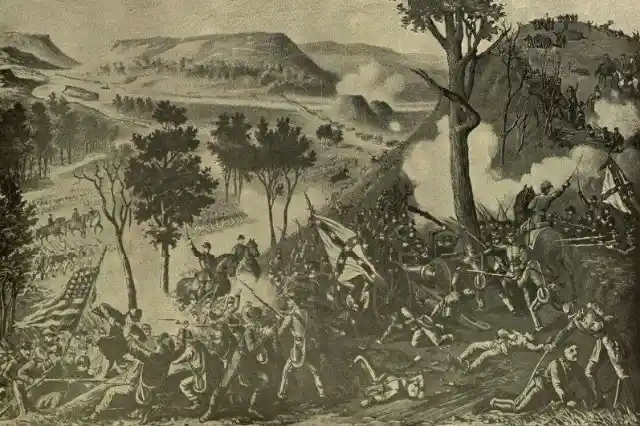
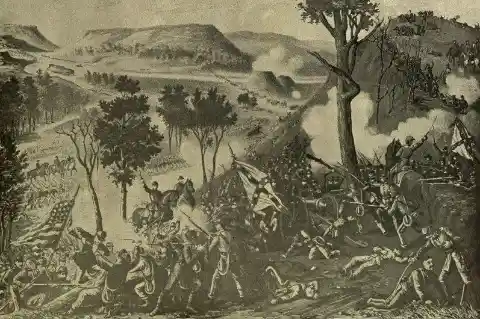
Steve, therefore, knew a lot about how the post office used to operate versus how it does today, so if anyone would solve this mystery, it would be him. He was the only hope they had to solving this 150-year-old mystery.
Putting The Puzzle Together
So far, it was known that the letters were addressed to Orrin Shepherd and they came from his son. Therefore, the first thing to do was to figure out the identity of the young man who had written the letters.
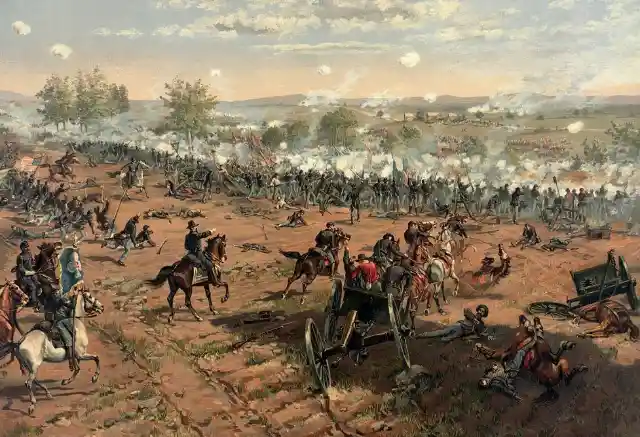
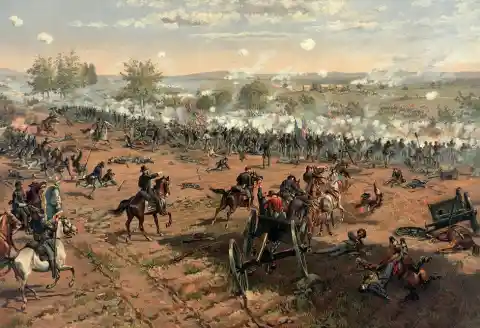
Thanks to the records kept by the state of Michigan, it didn't take them long to find out that his name was Nelson Shepherd. There had been no relatives looking for information on him, so how did this letter resurface out of nowhere?
Finding His Family
Now that they knew who the sender was, investigators needed to figure out whether he had any living relatives left. Shepherd is a pretty common last name, and there was a chance that someone would come forward with information.


Lynch thought it would be a good idea to use the Smithsonian's magazine to spread the word, and hopefully get some clues from there. The magazine had many readers all over the country, so it was definitely a good idea.
The Call
A few weeks after the article was published, Lynch got a call from someone who claimed to have information about the origins of the mysterious envelope. She really couldn't believe that their plan had actually worked.


The caller was a woman named Courtney Cresta from Spring, Texas. She claimed to have recognized the letters because she remembered that her grandmother, Nancy Cramblit, had them in her possession at one point.
A Starting Point
Nancy Cramblit confirmed that she was in fact not a relative of Nelson Shepherd, but she did have a connection to the letter, which was a good starting point for Lynch. How did this woman end up with a letter that didn't belong to her?
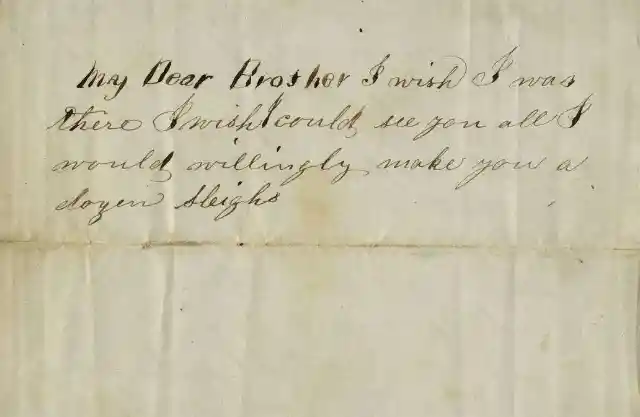
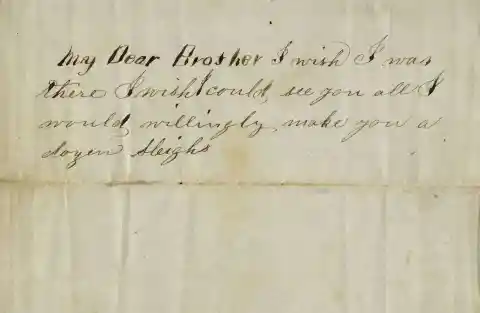
Cramblit claimed that she had found the letters among her husband's belongings when he passed away. According to her, he was an avid collector of Civil War memorabilia. He had probably purchased it somewhere, since he loved collecting this kind of things.
Figuring It Out
Nancy didn't realize how valuable those letters were. She thought they were interesting, but that's about it. It's kind of hard to understand it, but she really didn't think that these 150-year-old letters were of any value!


She placed them inside a second envelope, which is why there were two envelopes in the end, and sent it to the post office of the town that was stated in the letter, Newaygo. But why would she send it there?
Things Begin To Make Sense
Nancy didn't want to throw the letters away but didn't know what to do with them either, so she figured that someone in Newaygo, where the Shepherds originally came from, would see the letter and give it to their surviving relatives.
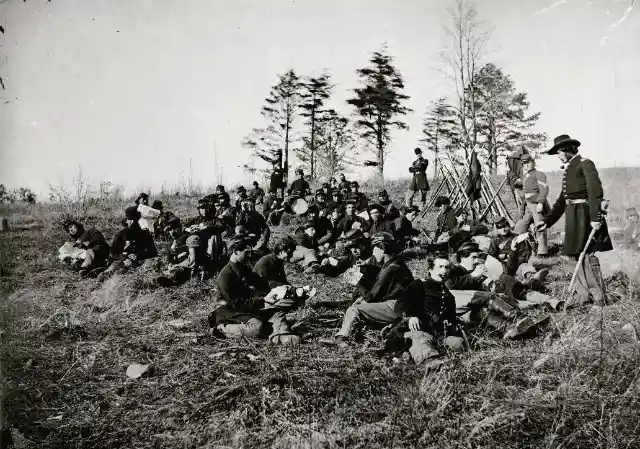
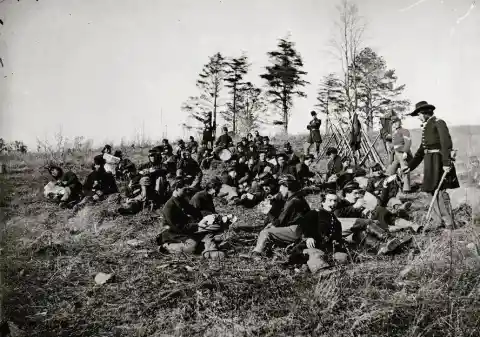
After all, it was a small town, so surely, everyone knew each other there. And even if there weren't any relatives, someone might be interested in keeping the letters, as she had no use for them. Sadly, she was wrong. At least, now they knew who had sent that letter to the post office.
The Search Continues
Half of the mystery had been solved, but there was no time to rest. Lynch and Kochersperger needed to find Shepherd's surviving relatives, if there were any, to finally close this case.


This became kind of personal to Kochersperger, who explained in an interview: > “I identified with him as a boy off to see the world. I could also identify with his parents, since I have five kids of my own.”
More Clues
During his investigation, Kochersperger realized something interesting. The letters were written in different handwritings. Only one small part of one of the letters had a blurry, grammatically-mistaken way of writing, while the rest of the letters were written in a cleaner, more legible way.
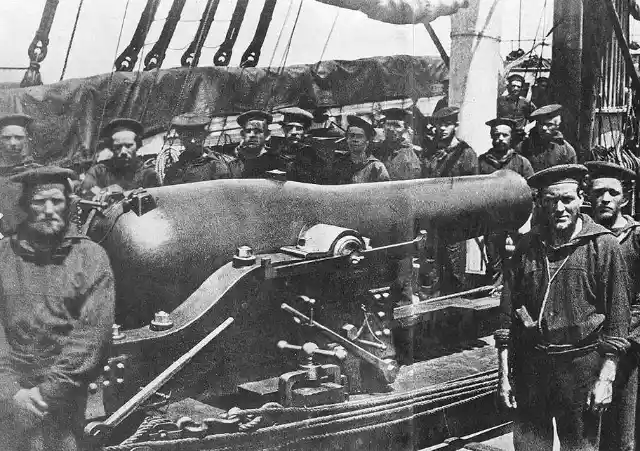
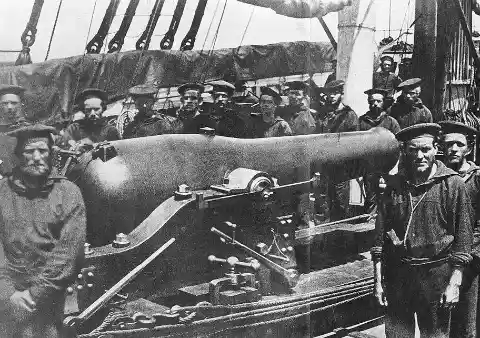
Nobody had noticed that there were two handwritings there before. This meant that Nelson got help from someone more literate than him to write his family. This was pretty common, as in those days not everyone knew how to read and write properly.
The Records
After a long search, a lot of information about Nelson Shepherd was found by the investigators. Military records showed in which regiment he had been stationed in, and from there, his steps could be traced back.
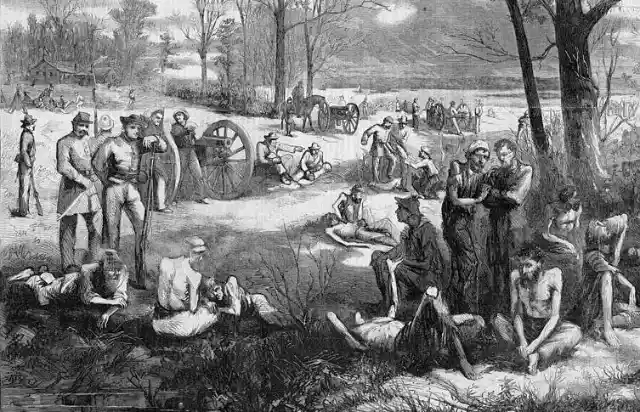
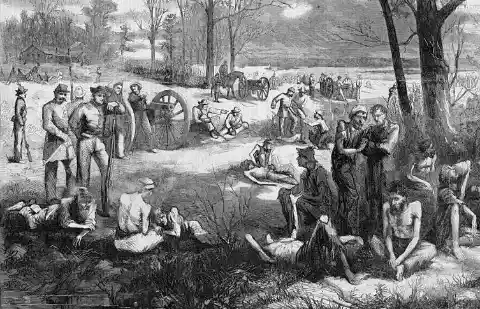
Lynch found out that his regiment never fought in Michigan, so the letter had to come from another state. Even though the young man was from Michigan, he had been sent somewhere else to fight the war, which is why he wrote to his family to check up on them.
Closer To Their Goal
Now that they knew in which regiment Shepherd had been, it was only a matter of time before they figured out what happened to him. Did he make it out alive and lived a long, happy life? Or did he perish like many other soldiers at war?
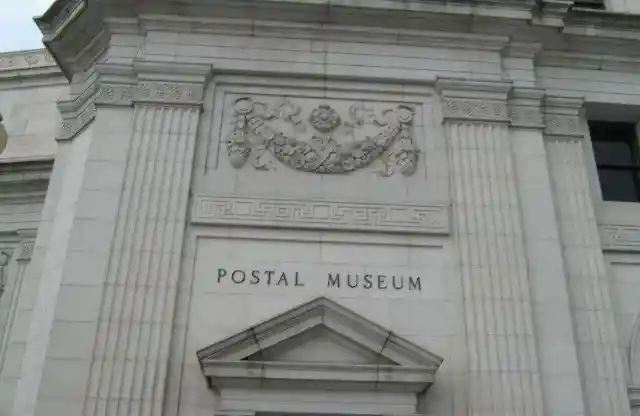
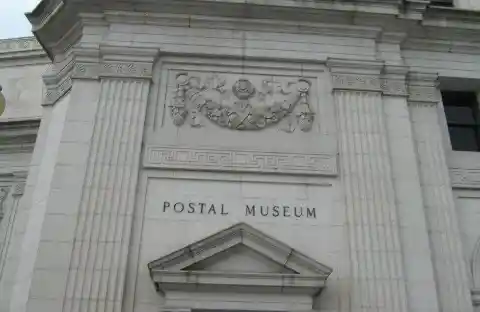
In times of war, literally anything is possible. He may have killed other people or been killed himself, or he could have been taken prisoner, or he may have even escaped and started a new life somewhere else. The records eventually gave them all the answers they were looking for, and they were pretty shocking.
The End
Sadly, it was discovered that Nelson had been captured while fighting in North Carolina. He was executed in 1894 at the age of 21. This was very hard to hear for Lynch and Kochsperger, who had kind of developed a connection with Nelson.
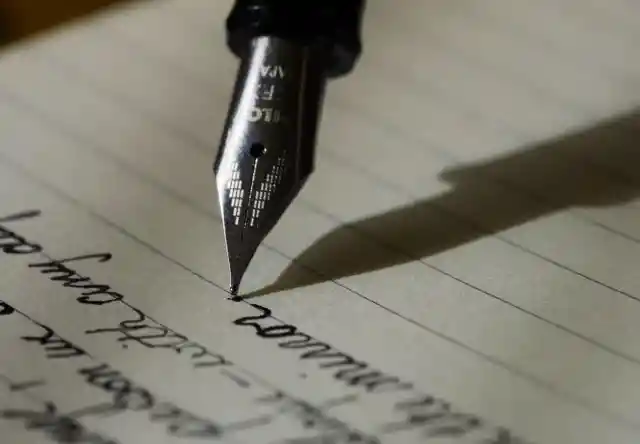
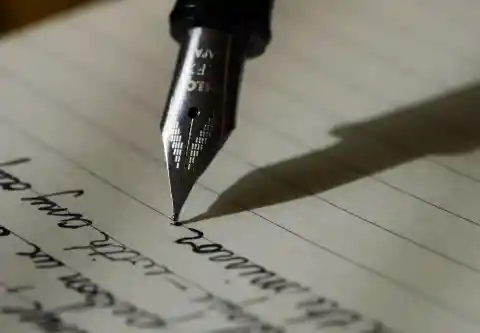
He had no living relatives either, as their investigation proved. The good thing about this was, however, that his memory was kept alive through their investigation, and now the letters are displayed at the Smithsonian.